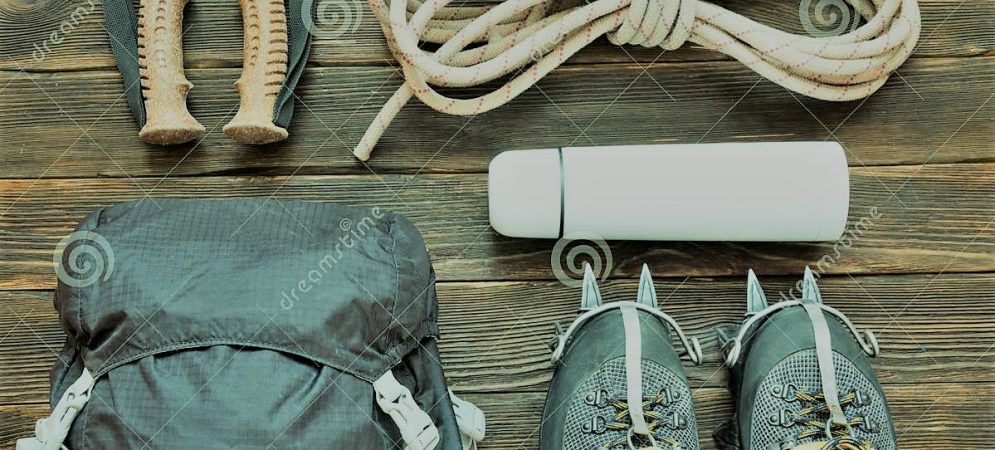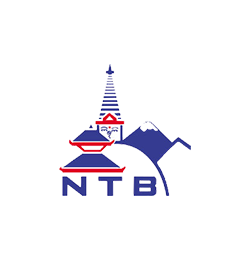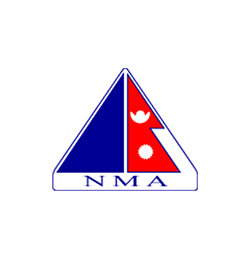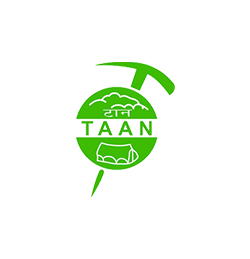
Here is the details information about Equipment List for Trekking, Climbing, and Expedition. Like any other trip, trekking, climbing, and expedition also require you to follow a minimal equipment checklist. These adventurous journeys require technical skills and the use of specific equipment and gears. Making sure you have all the necessary equipment can be of massive help to overcome any obstacle that arises during the journey.
The fundamentals of the three journeys are almost the same. Trekking is a part of climbing and expedition as well. Thus, trekking equipment is the necessary items required for all three journeys. But besides trekking, climbing and expedition journeys are more challenging and include more technical aspects as a part of the trip. Therefore, as the level of technicality and difficulty increases, the equipment list gets longer.
A factor equally important to carrying necessary items is leaving out unnecessary items. It is better to manage load and only carry the essentials. You can take a day backpack and a luggage backpack/rucksack for the journey. Most of your items go inside the luggage backpack/rucksack. You also have the option to hire a porter to carry your luggage bag. Nevertheless, it is crucial to managing the weight of luggage for a more comfortable journey.
Below, we discuss the equipment list for Trekking in Nepal, climbing, and expedition. We begin by discussing the basic equipment that accommodates trekking. This basic equipment almost covers up for climbing and expedition as well. However, climbing and expedition require more technical gears.
1. Clothing
If you are planning to travel in the Himalayas, brace yourself to face the cold winds. Depending on the time and location of your trip, you might need to add more clothing materials or remove some. Nonetheless, most regions in the Himalayas have extreme temperatures and are very cold. To fight the cold and stay warm even in such temperatures, one useful tip is to wear clothes in layers. Wearing clothes in layers regulates warm temperature to your body. It is far better than wearing a few thick clothes.
Head
- Warm hat wool or synthetic hat that covers your ears
- Balaclava
- Scarf or neck sleeve
- Face mask
- Ballcap or brimmed sun cap
- Sunglass with side shields
- One pair ski goggles (depends on the place of travel)
- Headscarf, muffler or cloth piece useful for dusty conditions
Upper Body
- T-shirt (sweat soaking preferred)
- Polar fleece pullovers, medium weight
- Polar fleece jacket
- Thermal inners
- Gore-Tex waterproof and breathable jacket with a large removable hood that can accommodate as a climbing helmet.
- Lightweight down jacket for chilly weather during trek or night stays
- For high altitude use: goose-down (duvet) jacket with hood or a down/duvet suit
Lower Body
- Comfortable inner wears, preferably briefs
- A pair of walking shorts (depending on place and time of travel)
- A pair of walking trousers for trekking and for camping
- Thermal bottom inners
- Polar fleece trousers
- Waterproof/breathable bibs with full side zips
- Optional: pair of goose-down (duvet) trousers
Hands
- A pair of lightweight poly-liner gloves. Make sure these gloves are flexible and do not restrict finger agility as you have to tie knots
- Insulated mittens
- Snow gloves
Feet
- Sport over boots (opt for the best quality plastic shells with inner boots and avoid a tight fit. Try with the socks you will wear during the trip to get the perfect fit)
- One pair synthetic (Gore-Tex) hiking boots with good ankle support for walking
- Cross-trainers, running/agile shoes
- Sandals for camp
- Pair of medium-heavy poly or wool socks. The number of socks depends on the duration of the trip.
- Liner socks of polypropylene or wool
- Two pairs of lightweight trekking socks (poly or wool)
- Wool or cotton socks for camp
The clothing list for all three activities is similar. Make sure all your outer clothes are windproof or at least waterproof. For packing, it is best to keep your clothing in such a way that it avoids any possible contact with water. Some easy ways to do so is by using waterproof stuff sacks, bin-liners, or large plastic bags.
2. Gears
The basic list of gears required for all three activities are:
- Trekking
boots - Camp sandals
- Sunglasses
with UV protection - Water
bottles - Trekking
poles - Headlamp
- Sleeping bag
(0 degrees) - Tent (for
camping) - Sleeping
pad/mat
Equipment For climbing and expedition, you will require additional items. A list of what you will need are:
- Alpine
climbing harness - Ice-Axe
- Crampons
- Carabiners
- Ascenders
- Rappel
device - Slings
- Climbing
helmet
If you are traveling with a tour operator, many companies provide almost all of the necessary equipment. You can also buy these at local stores around Thamel.
3. Personal Supplies and Toiletries
- Medium-sized
towel - Toothbrush/toothpaste
- Multipurpose
soap - Face and
body moisturizer - Nail
clippers - Sunscreen
- Hand
sanitizer - Face/body
wipes - Throat
lozenges - Lip balm
Personal toiletries are a must wherever you are traveling. You can carry extra necessary items per your need.
4. Medical supplies
One of the most important things to check before leaving is medical supplies. Some basic items to include are:
- Plasters/Band-Aids
- Bandage for
sprains - Iodine or
water filter - General
painkiller - Antiseptic
cream for cuts - Blister
medication - Antibacterial
throat lozenges - Antibiotic
tablets - Oral
rehydration salts - Diarrhea
medication - Diamox or
other altitude sickness pills
5. Miscellaneous
Besides basic essentials, you might add more items according to your needs. Some common items are:
- Diary/Journal
and pen - Camera
- Music player
- Binoculars
- Compass
- Altimeter
- Playing
cards or any other board games - Map
If you do not already own what you require for your journey, you can rent or simply buy them. We highly recommend that you browse trekking equipment stores in Nepal if you are planning to go shopping. Local stores in Nepal offer good quality products at cheap rates.
Packing all the essentials for the journey helps you tackle unwanted hassle. Trekking in Nepal and especially, in the Himalayan region weather can change within hours, so you have to get ready to withstand any difficulty. Having a proper backpack will give you the comfort you need and make your experience outstanding!






